Idea by
Todor Kesarovski & Angel Bondov
|In|Formal
http://www.facebook.com/InFormal.BG/?ref=bookmarks
Call for ideas 2017
Placemaking in Botanica neighbourhood, Chisinau (Moldova)
Placemaking in Botanica neighbourhood, Chisinau (Moldova)
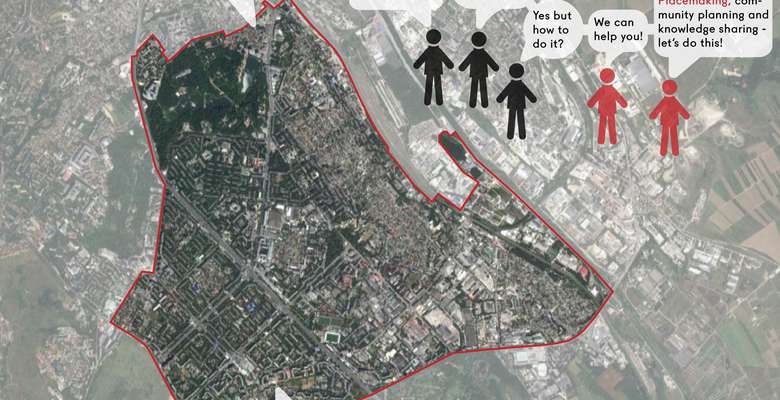
Applying the concept of placemaking to prefabricated mass-housing districts in East European cities could be extremely beneficial for these neighbourhoods. Initially built as mono-functional residential structures with large public spaces they share most of the modernist’s conceptual shortcomings. The substantial amount of public space became a huge burden for the authorities to deal with and residents are not formally empowered to manage these spaces even if they want to.
We believe that placemaking and community planning concepts provide functional approaches to deal with this issue. The continuing bottom-up transformations of individual apartments, facades and public spaces in the last 25 years demonstrate the potential within these neighbourhoods. It is a global phenomenon that citizens are progressively willing to transform their surroundings. However, in the cases we address, building upon this looks not only desirable but necessary in order to improve the quality of life.
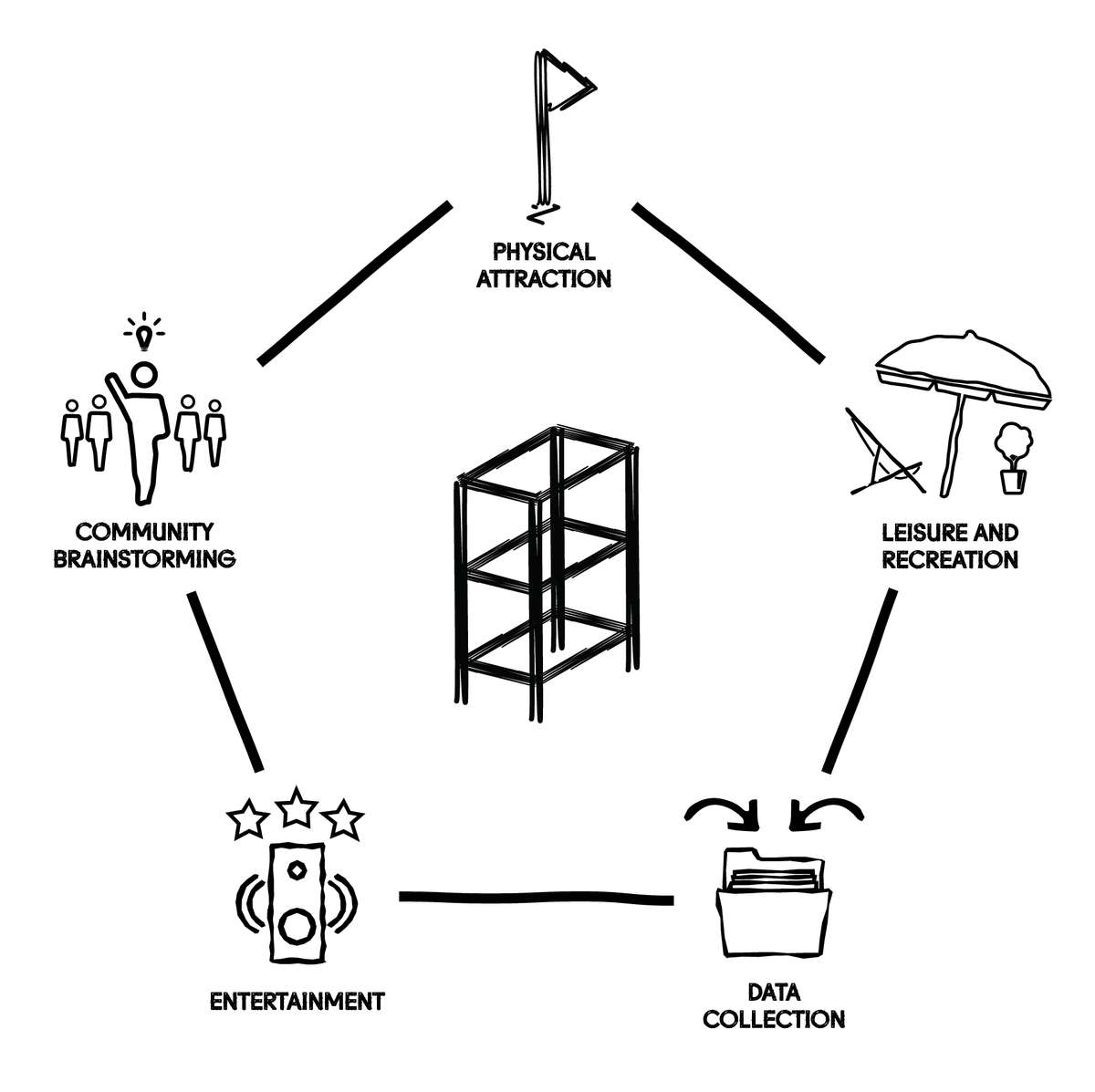
Based on our experience from “Neighbourhood Chat” action (presented below) we aim to experiment with building another physcial attractor in Botanica neighbourhood. The idea is this structure to be at the core of the facilitation process which we would develop with local residents, students and artists. It should provide multiple functions which will serve research purposes but also community-building and entertainment activities in favour of activating the public space with local resources.
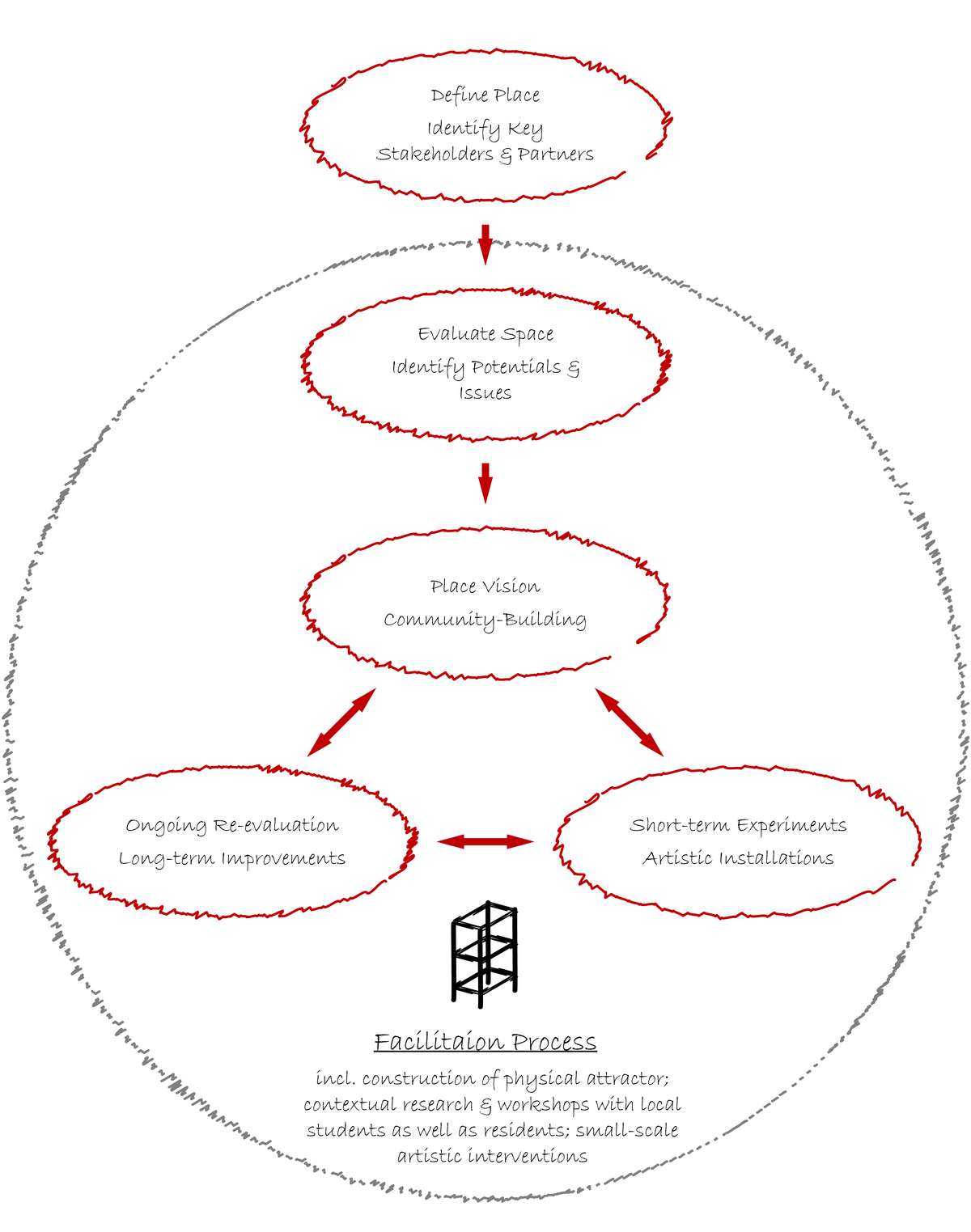
We want to implement a collaborative placemaking and knowledge-exchange process. The initiative aims to be part of “Public facades” project, which focuses on realizing few artistic installations by involving a group of visual artists, architects and designers. Our role would be to organise a facilitation process addressing specific problem(s) of the community and use proper artistic tools (visual arts, performing arts, dance, movie screenings) to propose solutions concerning the issue(s).
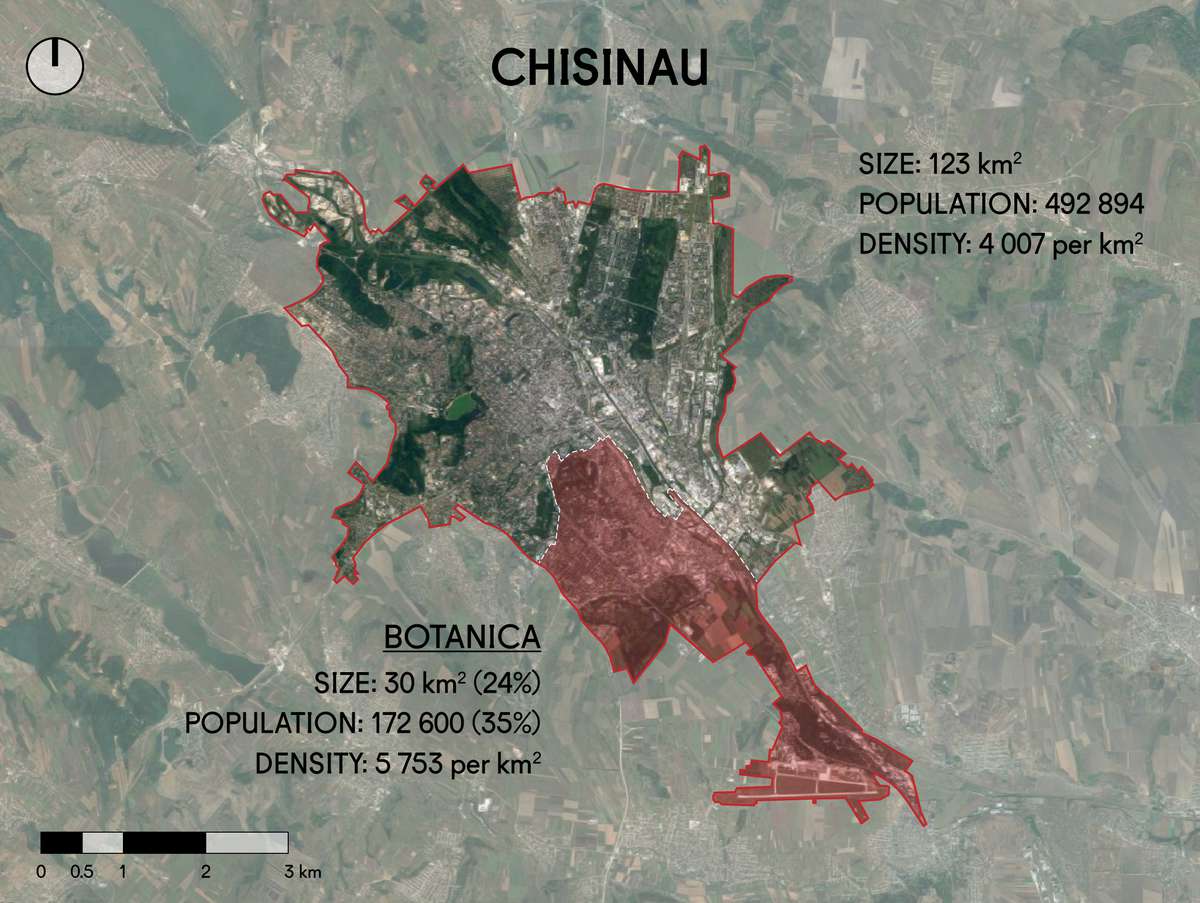
Our ambition is to join “Public facades” project because we would like to uncover and develop the creative potential of inhabitants of mass-housing residential neighbourhoods in Chisinau, help them collaborate with each other in finding solutions to various problems they encounter. In addition, we would like to help local residents and organisations to resist the densification of their urban areas and reduction of common space (playgrounds, green areas) as result of commercialization.
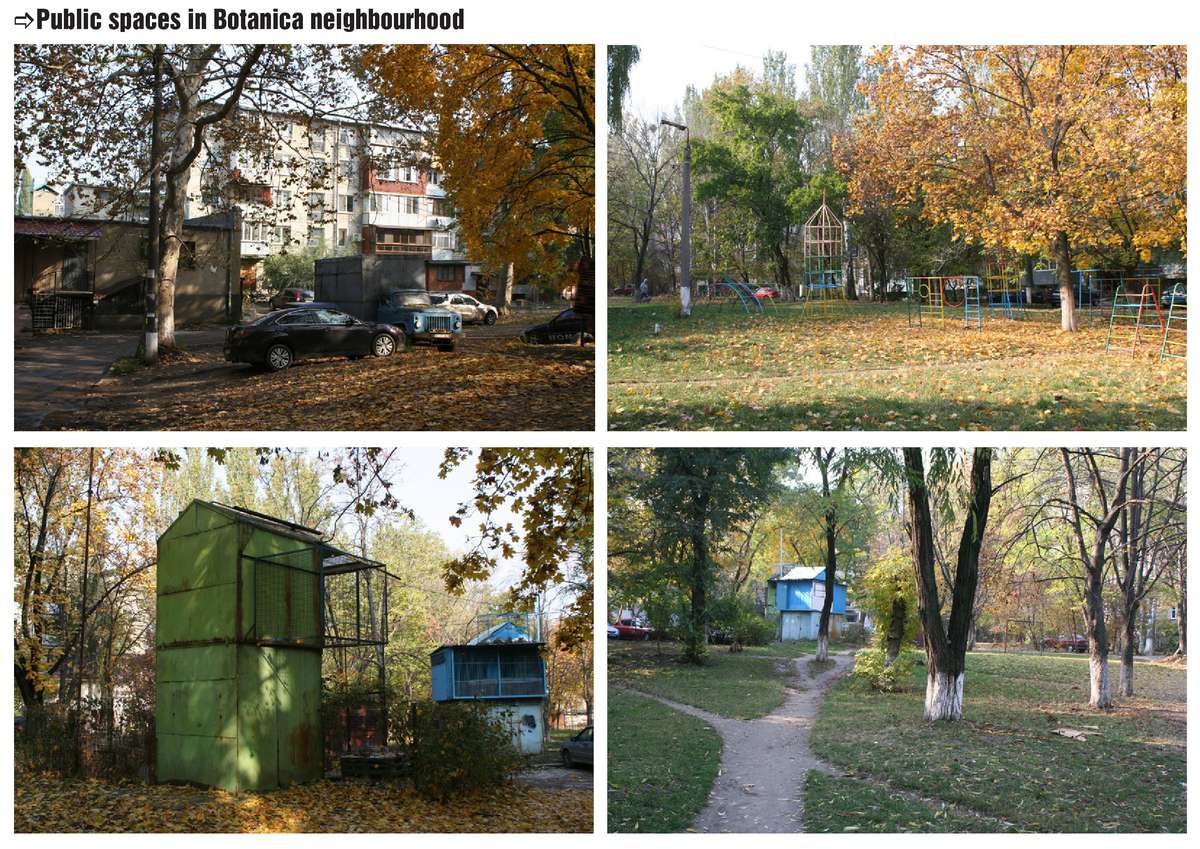
The specifics of Botanica defines it as an intriguing urban area. Its initial development was strongly influenced by the Horticulture School located in the district, followed by the establishment of Botanical garden and a Zoo. This strong relationship is expressed in the public environment which contains plenty of grenery and very peculiar animal shelters.
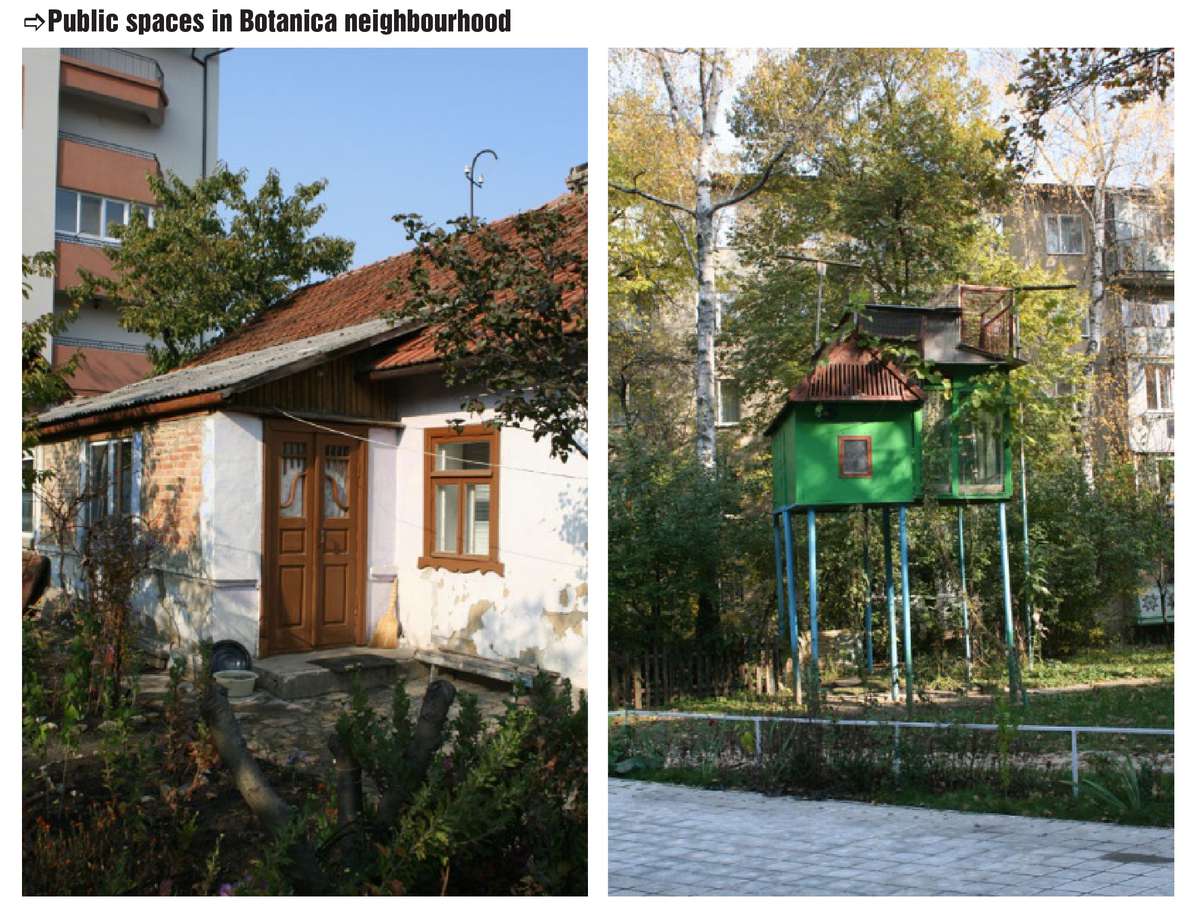
In any case, the context of Botanica will act as an excellent context with which we can experiment and exchange knowledge regarding placemaking and community planning in post-communist mass-housing residential areas.
Placemaking in Botanica neighbourhood, Chisinau (Moldova)
Placemaking in Botanica neighbourhood, Chisinau (Moldova)

Applying the concept of placemaking to prefabricated mass-housing districts in East European cities could be extremely beneficial for these neighbourhoods. Initially built as mono-functional residential structures with large public spaces they share most of the modernist’s conceptual shortcomings. The substantial amount of public space became a huge burden for the authorities to deal with and residents are not formally empowered to manage these spaces even if they want to.
We believe that placemaking and community planning concepts provide functional approaches to deal with this issue. The continuing bottom-up transformations of individual apartments, facades and public spaces in the last 25 years demonstrate the potential within these neighbourhoods. It is a global phenomenon that citizens are progressively willing to transform their surroundings. However, in the cases we address, building upon this looks not only desirable but necessary in order to improve the quality of life.
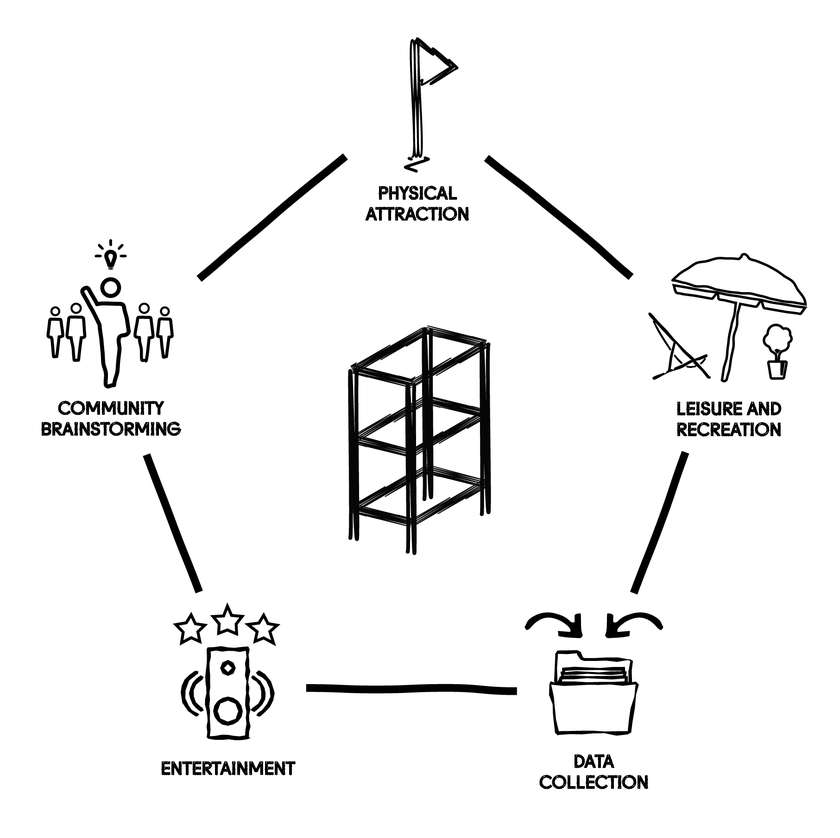
Based on our experience from “Neighbourhood Chat” action (presented below) we aim to experiment with building another physcial attractor in Botanica neighbourhood. The idea is this structure to be at the core of the facilitation process which we would develop with local residents, students and artists. It should provide multiple functions which will serve research purposes but also community-building and entertainment activities in favour of activating the public space with local resources.
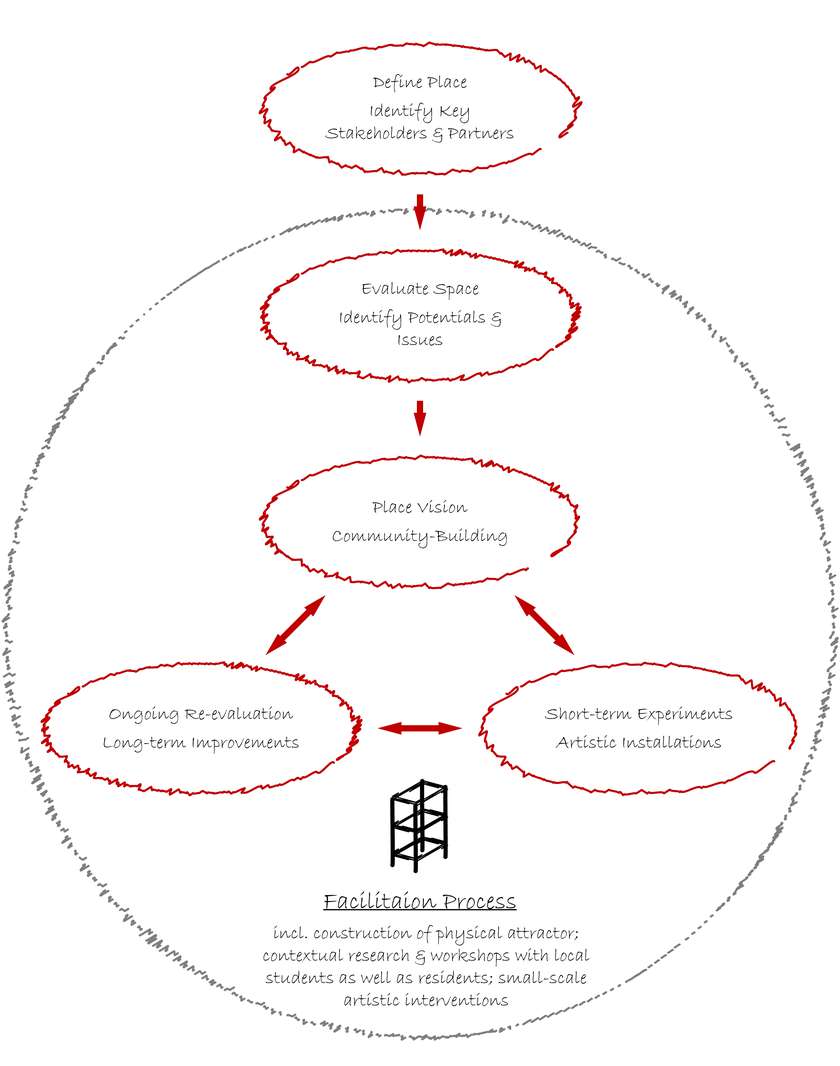
We want to implement a collaborative placemaking and knowledge-exchange process. The initiative aims to be part of “Public facades” project, which focuses on realizing few artistic installations by involving a group of visual artists, architects and designers. Our role would be to organise a facilitation process addressing specific problem(s) of the community and use proper artistic tools (visual arts, performing arts, dance, movie screenings) to propose solutions concerning the issue(s).
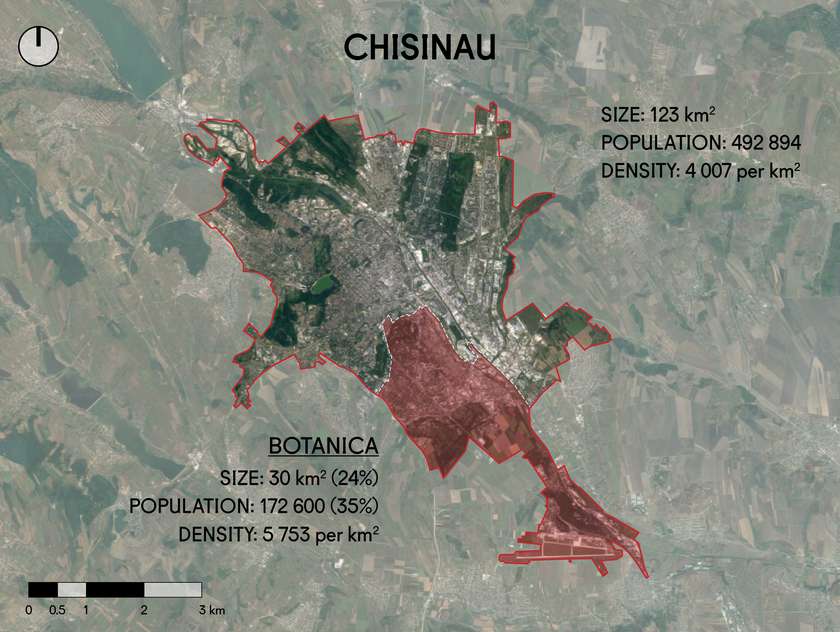
Our ambition is to join “Public facades” project because we would like to uncover and develop the creative potential of inhabitants of mass-housing residential neighbourhoods in Chisinau, help them collaborate with each other in finding solutions to various problems they encounter. In addition, we would like to help local residents and organisations to resist the densification of their urban areas and reduction of common space (playgrounds, green areas) as result of commercialization.
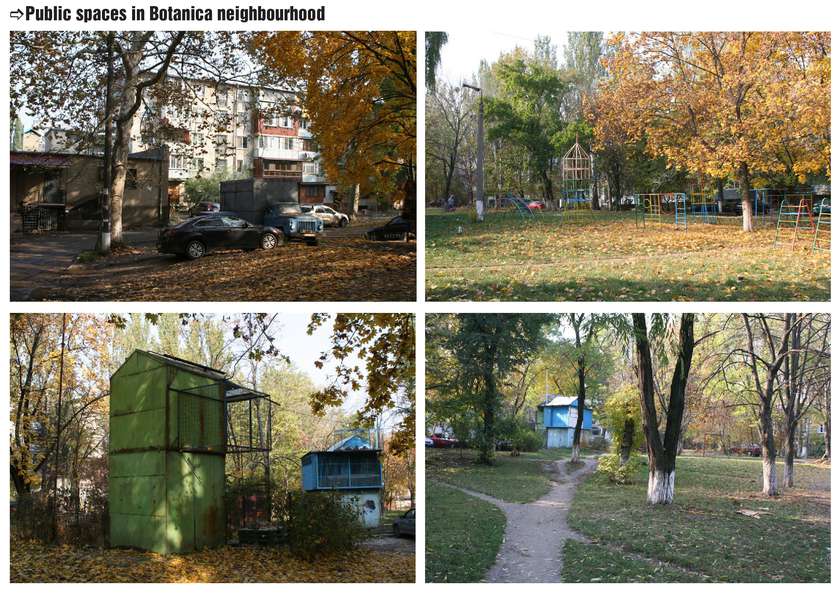
The specifics of Botanica defines it as an intriguing urban area. Its initial development was strongly influenced by the Horticulture School located in the district, followed by the establishment of Botanical garden and a Zoo. This strong relationship is expressed in the public environment which contains plenty of grenery and very peculiar animal shelters.
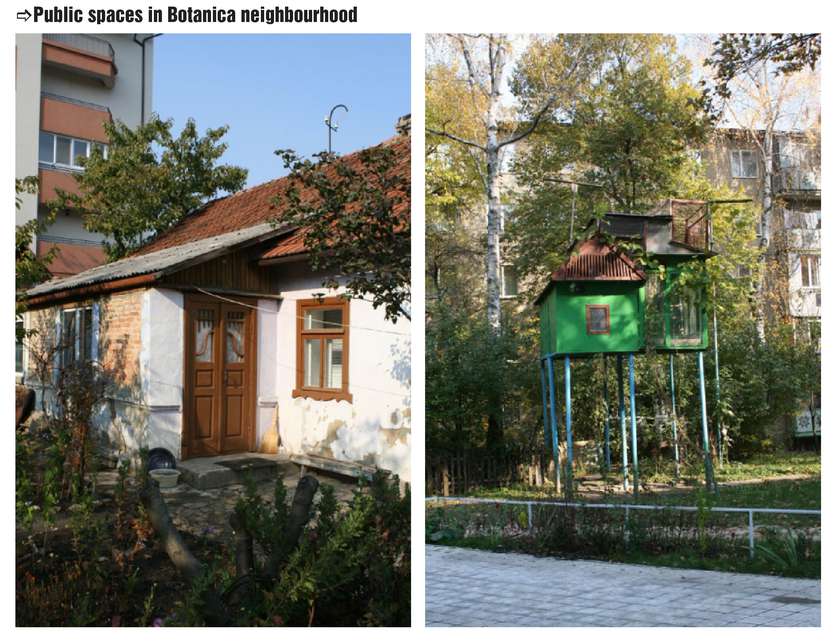
In any case, the context of Botanica will act as an excellent context with which we can experiment and exchange knowledge regarding placemaking and community planning in post-communist mass-housing residential areas.